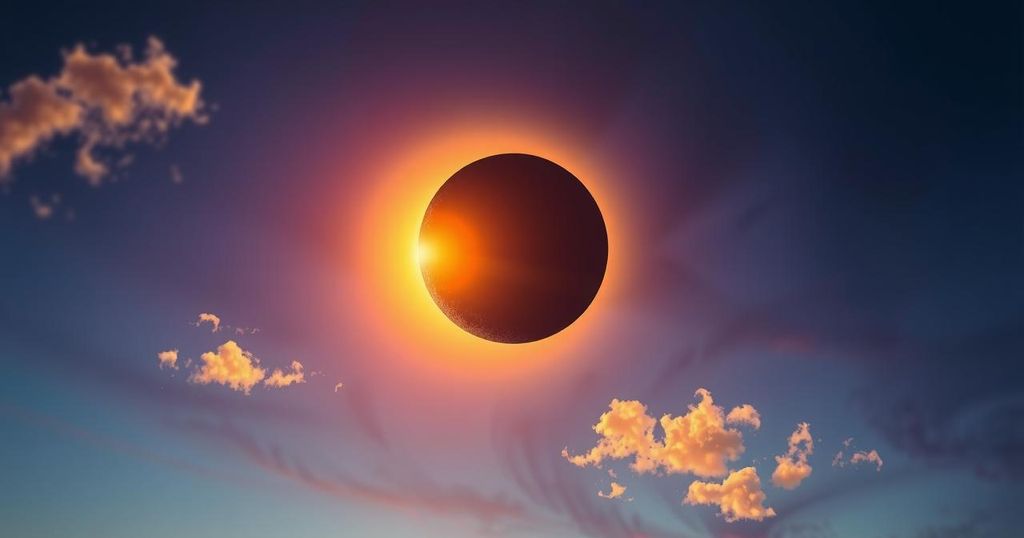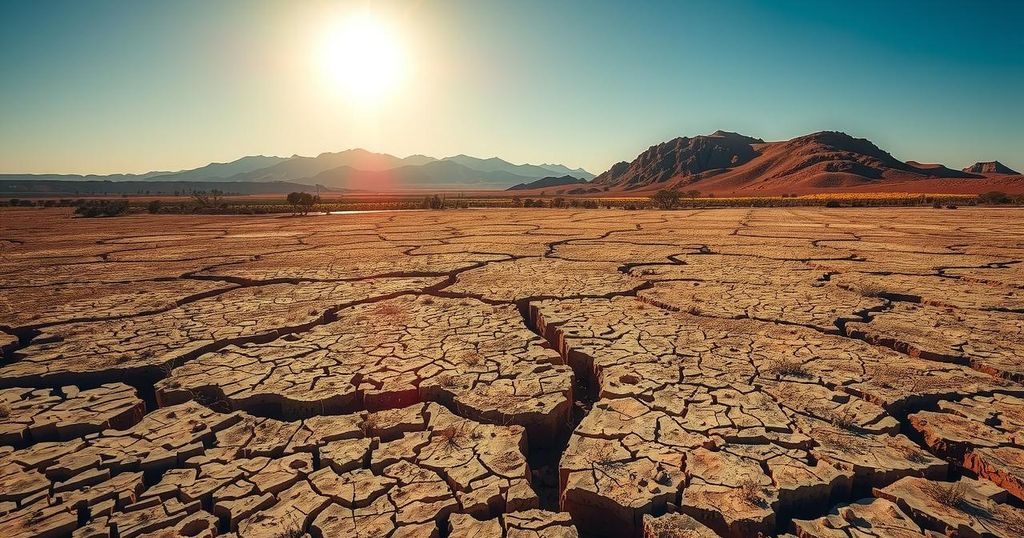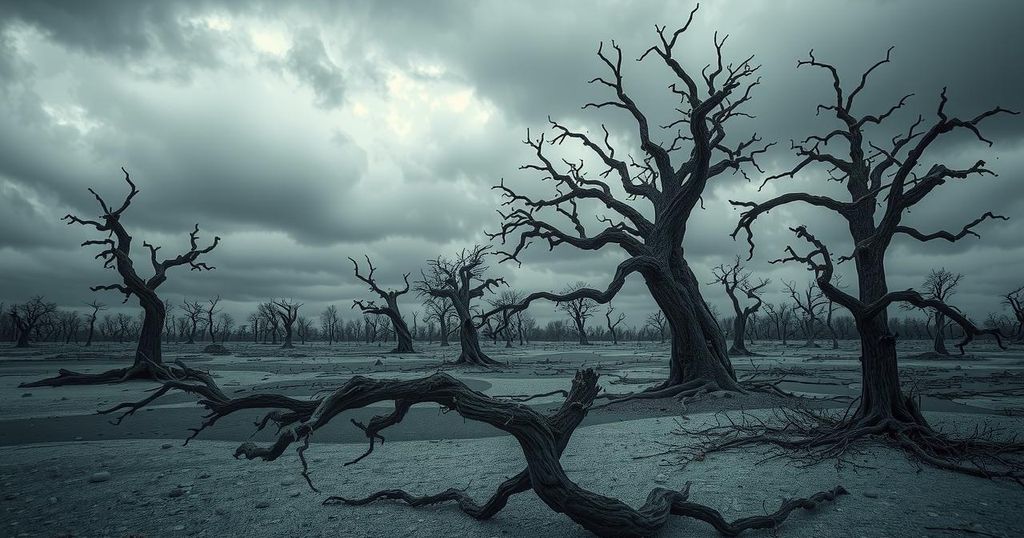Partial Solar Eclipse Set to Captivate the Northern Hemisphere Today
A partial solar eclipse will occur today from 8:50 AM to 12:43 PM UTC, predominantly observable in parts of the northern hemisphere. Peak visibility will take place over northeastern Canada, with 90% of the sun covered. Observers must use protective eyewear to avoid eye damage. This follows a recent lunar eclipse, and the next total solar eclipse will be on August 12, 2026.
Today, a partial solar eclipse will occur, with the moon partially obscuring the sun. This event, which is the 17th partial solar eclipse of the 21st century and the year’s first, will take place from 8:50 AM to 12:43 PM UTC across parts of the northern hemisphere, primarily visible from eastern Canada to Siberia.
Florent Deleflie, an astronomer at the Paris-PSL Observatory, indicated that residents of Mauritania and Morocco will be the first to witness the eclipse, while those in northern Siberia will be the last to see it. The peak visibility of the event will occur at 10:47 AM UTC over northeastern Canada and Greenland, where 90% of the sun will be obscured, although this will not entirely darken the sky.
During a solar eclipse, the alignment of the sun, moon, and Earth can result in different types of eclipses. Deleflie notes that in this instance, the alignment is not ideal, meaning the moon’s shadow will not reach the Earth’s surface, thus no total eclipse will occur anywhere.
In France, the partial eclipse will be observable from 10:00 AM to 12:00 PM UTC, with the extent of obscuration varying between 10% to 30% depending on the location. While such a minimal obscuration would not be visibly significant to the naked eye, those observing should use proper eye protection to prevent potential harm to vision.
It is essential to utilize eclipse glasses in good condition since any defect, even a tiny hole, poses a risk of eye injury. This event follows a recent lunar eclipse that turned the moon red, which Deleflie describes as a common occurrence when the moon is halfway through its cycle around the Earth.
The previous partial solar eclipse visible in mainland France occurred on October 25, 2022. Furthermore, a total solar eclipse is anticipated on August 12, 2026; however, it will not pass directly over France, though significant obscuration will be experienced in Paris and Marseille.
In summary, today’s partial solar eclipse represents an important astronomical event, with partial visibility spanning from eastern Canada to Siberia. The eclipse is mainly safe to observe with proper eye protection, despite the minor obscuration expected in various regions, including France. Astronomical events such as these continue to capture the public’s imagination, highlighting the importance of using appropriate safety measures for viewing.
Original Source: www.jordannews.jo




Post Comment